Why Every Business Needs a Flexible Yet Focused Digital Strategy Roadmap
🧭
A clear digital strategy roadmap is no longer a luxury—it’s a necessity. In a fast-changing ecosystem, this framework guides long-term growth, tech decisions, and cross-channel execution. Without one, teams drift; with one, they align, act, and scale.
Setting the Foundation of Your Digital Marketing Strategy Roadmap
🏗️
Begin with clear business objectives: revenue growth, lead generation, retention, or product adoption. Your digital strategy plan should map each goal to measurable KPIs, ensuring that every tactic fuels strategic outcomes—not just vanity metrics.
Auditing Your Current Digital Channels and Performance Metrics
🔍
Before planning ahead, look back. Analyze current campaigns, paid media ROI, SEO visibility, automation flows, and CRM usage. A digital audit reveals inefficiencies and gaps—crucial for roadmap prioritization and budget focus.
Building a Customer-Centric Strategy Across All Digital Touchpoints
🎯
Your digital roadmap should track the full customer journey. From first click to repeat purchase, each touchpoint must feel connected. Tailor strategies to how users search, scroll, buy, and refer—across every device and platform.
Prioritizing Tech and Tools That Enable Your Digital Transformation Strategy
🧠
Martech bloat kills momentum. Choose only the platforms that align with your roadmap’s goals. CRMs, CDPs, automation, and analytics tools should empower your team, not overwhelm them with complexity or fragmentation.
Developing Agile Campaign Plans Within a Digital Execution Framework
📆
Build your roadmap with quarterly sprints, channel milestones, and campaign blocks. Leave room for iteration and A/B testing. A digital execution strategy must balance long-term consistency with short-term adaptability.
Aligning Stakeholders Around a Shared Digital Vision and Timeline
🤝
Your digital roadmap isn’t a document—it’s a shared compass. Ensure leadership, marketing, sales, and product teams co-create and review it regularly. Alignment leads to better execution and faster time to impact.
Using Data to Continuously Optimize Your Digital Strategy Plan
📈
A roadmap must evolve. Monitor performance through dashboards, attribution models, and customer feedback. Update priorities based on real-world traction—not just assumptions or trends.
Avoiding Common Pitfalls in Digital Roadmap Development
⚠️
Don’t let your digital strategy become a wishlist. Avoid overloading channels, setting vague goals, or neglecting post-launch tracking. Focus on fewer initiatives done well, with clear ownership and KPIs.
Scaling the Roadmap as Your Digital Maturity Grows Over Time
🚀
As teams grow and systems mature, expand your roadmap to include omnichannel personalization, advanced analytics, and customer lifecycle automation. The best digital strategy frameworks grow with the business, not against it.
FAQ ❓
Q: How long should a digital strategy roadmap cover?
A: Ideally 12 months, broken down into 90-day sprints with review checkpoints.
Q: Can a small business benefit from a digital roadmap?
A: Absolutely. It brings clarity, focus, and better use of limited resources.
Q: Should the roadmap be static or updated regularly?
A: It should be a living document, updated quarterly based on performance data and market shifts.

AUTHOR
Tomasz Jóźwiak
Growth Marketing Strategist | Founder at Webomo
I'm Tomasz Jóźwiak, a growth marketing strategist and the founder of Webomo. Over the past decade, I’ve helped startups, scale-ups, and established brands drive measurable growth through full-funnel strategies, performance marketing, and conversion optimization.
I believe in data-driven experimentation, fast execution, and full transparency—because real growth is about more than just vanity metrics.
👉 Let’s connect on LinkedIn or check out Webomo’s growth marketing work.

Fueling Growth with Strategy
Questions?
Ask any question about identifying new growth opportunities for your company.
